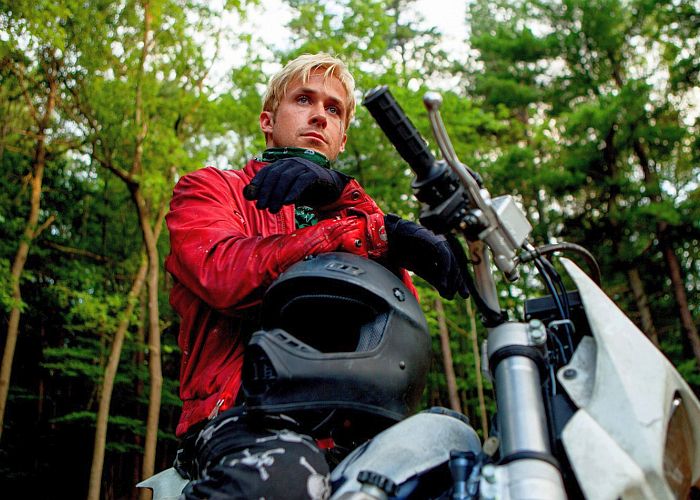I got my finger on the
trigger
But I don't know who
to trust
Out of the Furnace is the cinematic
equivalent of a Bruce Springsteen song: industrial, gritty, full of character
and beautiful; and American through and through. It’s not like one of the Boss's big stadium
anthems he’s best known for though. Unlike Born
in the USA or Thunder Road, Out of
the Furnace won’t blow you away with its energy. I would compare it, in
terms of tone and content, to Devils and Dust, a song about a soldier in the Iraq war.
When I look into your
eyes
There's just devils
and dust
The fact the
Scott Cooper’s second feature arouses comparisons to music is not surprising.
His debut Crazy Heart about an
alcoholic country singer bagged Jeff Bridges a well-deserved Oscar. Cooper
obviously has a good ear for music, which is also evident here. Out of the Furnace opens with Release by Pearl Jam and Dickon
Hinchliffe’s excellent score is omnipresent.
We're a long, long way
from home, Bobbie
Home's a long, long
way from us
Furnace marks a departure from (melo-)drama
into thriller territory for Cooper. Russell (Christian Bale) lives a simple
life: he works at the steel mill and lives with his beautiful girlfriend (Zoë
Saldana). His brother Rodney (Casey Affleck) complicates things. He is the
soldier from Devils and Dust. Since
returning from Iraq, he can’t stay out of trouble. He gambles, becomes a
bare-knuckle boxer and mixes with the wrong people and has to rely on Russell
to get him out of tight spots.
I feel a dirty wind
blowing
Devils and dust
At its
heart, Out of the Furnace is a film
about male bonding and post-traumatic stress. Female characters are very much side-lined.
The central question is: how for would you go for someone you love who is
beyond salvation? This idea is by no means ground-breaking or original and has
been done in a similar fashion many times (particularly The Deer Hunter), but it is very well executed. The film (it was
shot on 35mm) looks suitably dirty and dark; however there are moments of
immense beauty. Scott Cooper also achieves a real sense for the locations: the
steel mill, the degenerate workers’ houses, the shady bars.
I got God on my side
And I'm just trying to
survive
What if what you do to
survive
Kills the things you
love
The cast is
as follows: Bale, Affleck, Saldana, Woody Harrelson, Willem Dafoe, Forest
Whitaker and Sam Shepard. Listing the names of these actors is almost enough to
make the point that the performances are great. No one disappoints or is
miscast here.
Fear's a powerful
thing, baby
It can turn your heart
black you can trust
It'll take your God
filled soul
And fill it with
devils and dust
Out of the Furnace does not reinvent the
wheel but it is a solid thriller which reinforces Scott Cooper as one of the
most interesting young directors in Hollywood. It was released in the US and
the UK in the middle of awards season. This was a mistake, because it can’t
quite compete with the big contenders. This is one to look out for on DVD or on
demand.
Rating: ★★★★
Rating: ★★★★


